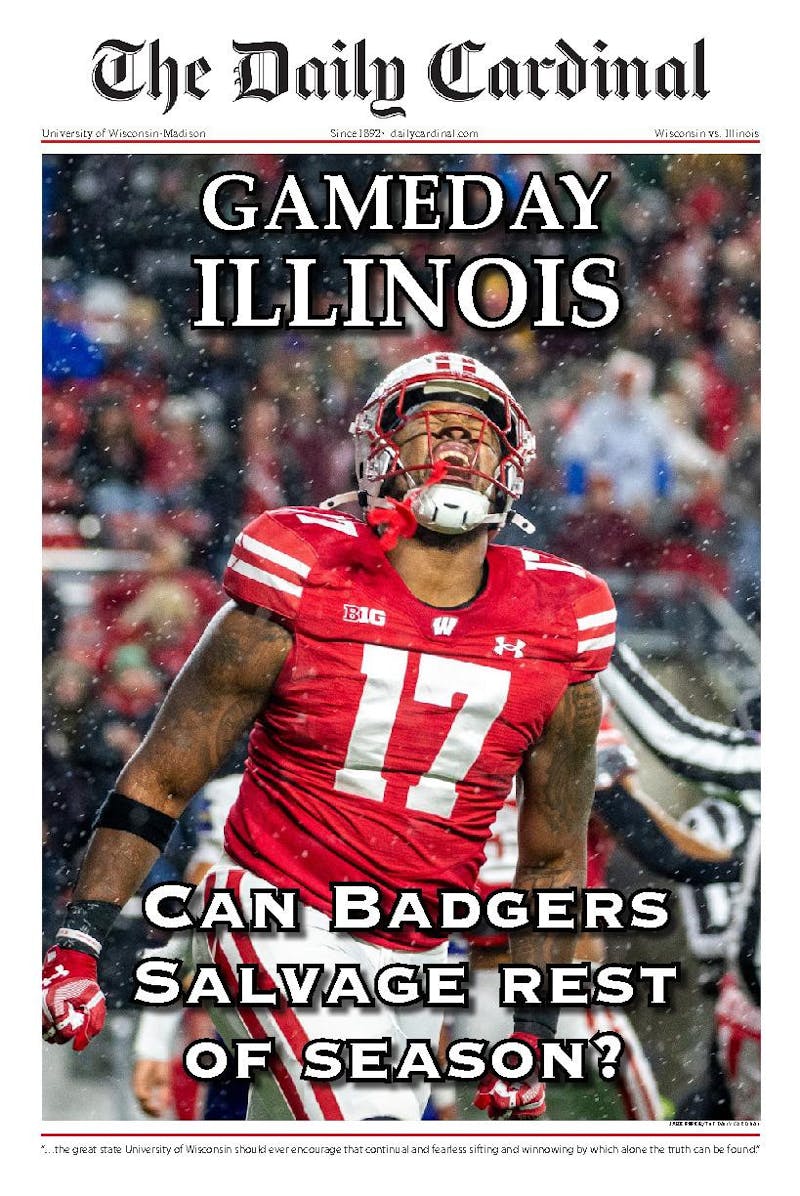Annual statistics of reported crimes on college campuses are required by the federal government, but many university police departments say the guidelines are hard to follow.
""The rules are very challenging,"" said University of Minnesota Deputy Police Chief Steve Johnson. ""I have mixed feelings about using the Clery statistics because [ways for compiling statistics] seem to be different at every school.""
Since Congress passed the 1990 Crime Awareness and Campus Security Act, universities are required to report crimes on and around campus and properly inform students of crime affecting their campus.
In 1998, the act was amended to include specific crime-reporting guidelines and was renamed in memory of Jeanne Clery, who was raped and murdered in her dorm room in 1986.
Under current law, federally funded colleges and universities must report statistics to the Department of Education and, by Oct. 1 of every year, publish a report for the public with campus crime statistics for the last three years.
Recorded crimes include homicide, sexual offenses, robbery, aggravated assault, burglary, motor vehicle theft and arson.
However, determining an accurate count for each crime is not always an easy task. The act requires statistics be turned in at the end of the year, but the numbers must be gathered from many offices, including campus police, local police, school officials and student judicial affairs directors.
Police generally keep statistics according to Department of Justice Unified Crime Reporting definitions and specific state statutes, but the Clery crime definitions are written by the Department of Education.
UWPD Lieutenant Karen Soley said filing Clery statistics can ""create lots of headaches.""
""Clery has a different definition of sexual assault than UCR [unified crime reporting], and that differs from our state statutes.""
According to Soley, UWPD files any crime reported to them under the national unified crime reporting guidelines and state statute definitions. In addition, she said UWPD assigns a detective to record crimes that fall only within Clery guidelines.
But filing does not end there.
UWPD's stats are then sent to the Office of the Dean of Students, where crimes reported to a campus official or filed outside of the police department are added, Soley said.
""The process is complex,"" said Lia Ernst, special assistant to the dean of students. ""It's not difficult to be confident that we are getting the right numbers, but it is a bit cumbersome.""
This is UW's policy, but it is different for every university.
Johnson said at Minnesota, ""We collect information from many officials, pull up every report and sort out redundancies.""
But Johnson said he is unaware of what procedures other campuses follow.
Differences in size and layout of many universities may also potentially confuse the crime statistics from the Clery Report. Jurisdiction lines between campus police and city police are blurred when campuses are integrated with communities, particularly larger cities.
""When they wrote [the Clery Act] I think they sat in a room and thought of the typical gated campus community where you have the campus in one distinct geographic area that makes up the industry of the city and makes it easier to collect this information,"" Johnson said.
However, for the Minnesota campus Johnson covers—and many Big Ten schools—it is much different.
""When you look at our [Twin Cities] campus, we're spread over two counties and three cities. We have many miles of city street and municipal policing property mixed between us,"" Johnson said. ""Some of the Clery reports extend into those streets and the cities.""
As a result, comparing statistics campus to campus is not always an accurate evaluation.
Overall, Johnson said Clery guidelines are not always clear. He recalled a moment at a national conference where high-ranking police officials from campuses across the nation met with the Department of Education to discuss the Clery Report.
""There was a line of chiefs out the door for many hours waiting to have their questions answered,"" he said. By the end of the day, Johnson said, his ""head was starting to hurt.""





